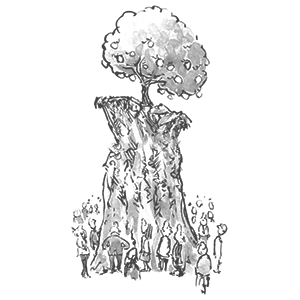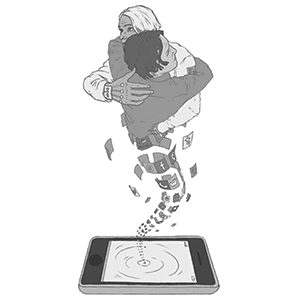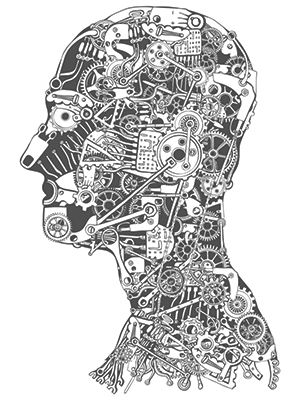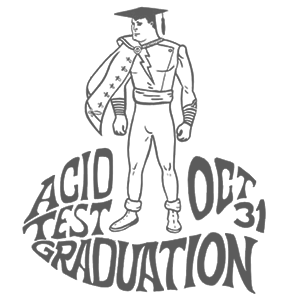The tragedy of the anticommons is a type of coordination breakdown, in which a single resource has numerous rightsholders who prevent others from using it, frustrating what would be a socially desirable outcome. It is a mirror-image of the older concept of tragedy of the commons, in which numerous rightsholders’ combined use exceeds the capacity of a resource and depletes or destroys it.
The concept covers a range of coordination failures including patent thickets, submarine patents, and nail houses. Overcoming these breakdowns can be difficult, but there are assorted means, including eminent domain, laches, patent pools, or other licensing organizations.
read more »
Tragedy of the Anticommons
Tragedy of the Commons
In economics, the tragedy of the commons is the depletion of a shared resource by individuals, acting independently and rationally according to each one’s self-interest, despite their understanding that depleting the common resource is contrary to their long-term best interests.
In 1968, ecologist Garrett Hardin explored this social dilemma in ‘The Tragedy of the Commons,’ published in the journal ‘Science.’ Central to Hardin’s article is an example (first sketched in an 1833 pamphlet by William Forster Lloyd) involving medieval land tenure in Europe, of herders sharing a common parcel of land, on which they are each entitled to let their cows graze.
read more »
Detection Dog
A detection dog or sniffer dog is a dog that is trained to and works at using its senses (almost always the sense of smell) to detect substances such as explosives, illegal drugs, or blood. Hunting dogs that search for game and search dogs that search for missing humans are generally not considered detection dogs.
There is some overlap, as in the case of human remains detection dogs (sometimes called cadaver dogs), trained to detect human remains. They are also used for drug raids to find where the drugs are. In the state of California, dogs are trained to detect the Quagga Mussel on boats at public boat ramps, as it is a invasive species.
read more »
Cyborg Anthropology
Cyborg anthropology is the discipline that studies the interaction between humanity and technology from an anthropological perspective. The topic originated as a sub-focus group within the American Anthropological Association’s annual meeting in 1993. The sub-group was very closely related to two other academic disciplines, STS (Science, technology and society) and the Society for the Social Studies of Science.
Historian and feminist Donna Haraway’s 1985 ‘Cyborg Manifesto’ could be considered the founding document of cyborg anthropology by first exploring the philosophical and sociological ramifications of the term. More recently, Amber Case has been responsible for setting up the Cyborg Anthropology Wiki.
read more »
The Singularity Is Near
‘The Singularity Is Near: When Humans Transcend Biology’ is a 2005 update of Raymond Kurzweil’s 1999 book ‘The Age of Spiritual Machines’ and his 1990 book ‘The Age of Intelligent Machines.’ In it, as in the two previous versions, Kurzweil attempts to give a glimpse of what awaits us in the near future.
He proposes a coming technological singularity (a period of rapid change), and how we would thus be able to augment our bodies and minds with technology. He describes the singularity as resulting from a combination of three important technologies of the 21st century: genetics, nanotechnology, and robotics (including artificial intelligence).
read more »
Merry Pranksters
The Merry Pranksters was a cohort that formed around American author Ken Kesey in 1964 and sometimes lived communally at his homes in California and Oregon. The group promoted the use of psychedelic drugs. Their motto was ‘Never Trust a Prankster.’
Kesey and the Merry Pranksters are noted for the sociological significance of a lengthy road trip they took in the summer of 1964, traveling across the United States in a psychedelic painted school bus enigmatically and variably labeled ‘Further.’ Their early escapades were chronicled by Tom Wolfe in ‘The Electric Kool-Aid Acid Test.’ Wolfe also documents a notorious 1966 trip on Further from Mexico through Houston, stopping to visit Kesey’s friend, novelist Larry McMurtry. Kesey was in flight from a drug charge at the time.
read more »







